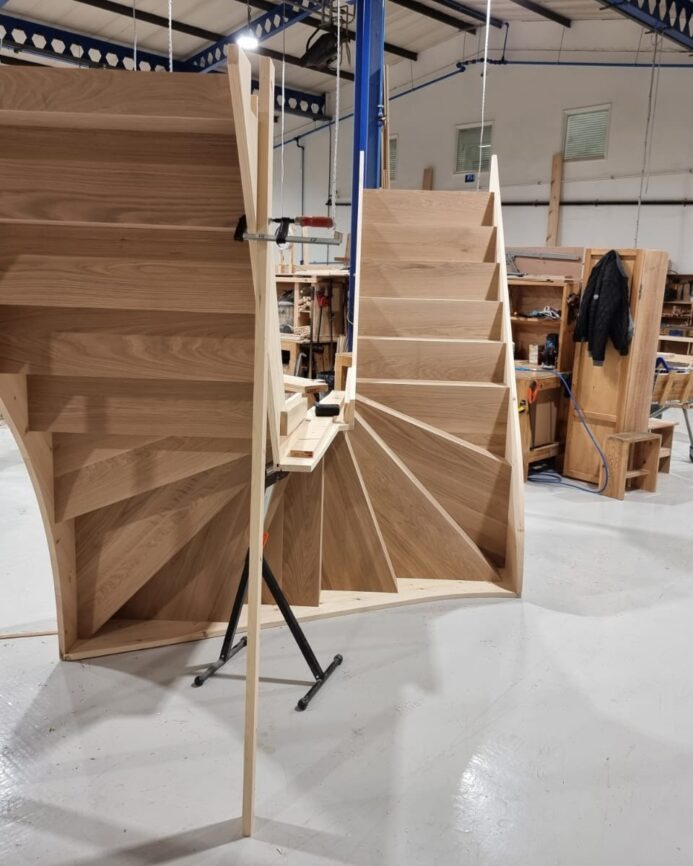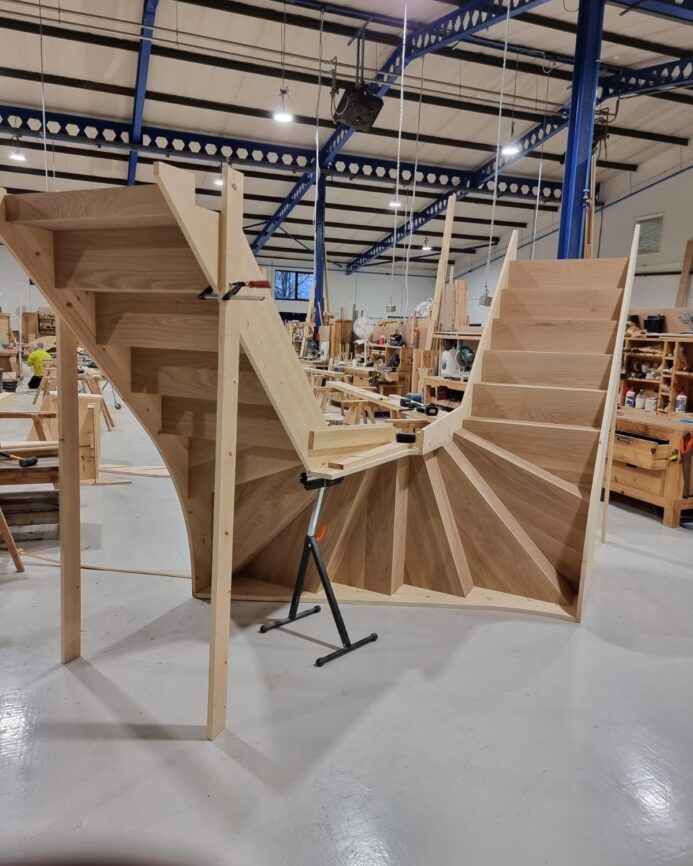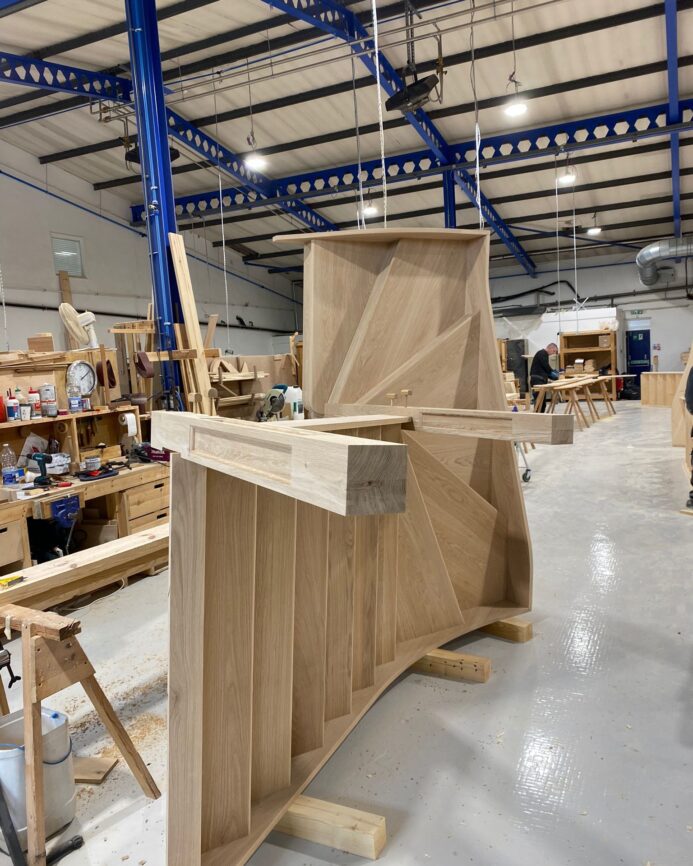Oak Staircases
In the realm of interior design, oak staircases stand as enduring symbols of elegance and craftsmanship. These majestic structures have graced homes for centuries, providing not only functional pathways between different levels but also serving as prominent architectural features. The use of oak in staircases transcends mere construction; it embodies a timeless aesthetic that seamlessly blends tradition with modern design. In this article, we delve into the allure of wooden staircases, exploring their rich history, enduring popularity, and the unmatched benefits they bring to homes.
The History of Oak Staircases:
Oak has been a favored material for construction and woodworking since ancient times. Its robust nature, coupled with a distinctive grain pattern and warm hues, has made it a staple in various architectural applications. Wood staircases, in particular, emerged as prominent features in grand estates and manors during the Renaissance and Baroque periods. The durability of oak ensured that these staircases remained not only functional but also focal points of interior design.
Timeless Aesthetic Appeal:
One of the key reasons behind the enduring popularity of oak staircases is their aesthetic versatility. Oak’s natural beauty, with its warm tones and distinct grain patterns, complements a wide range of design styles. Whether adorning a classic Victorian home or enhancing the modern lines of a contemporary space, oak staircases seamlessly integrate into diverse interiors. Their timeless elegance ensures that they never go out of style, making them a sound investment for homeowners looking to create spaces that withstand the test of time.
Craftsmanship and Customisation:
Craftsmanship plays a pivotal role in the creation of oak staircases. Skilled artisans carve, shape, and assemble each component with meticulous attention to detail. This dedication to craftsmanship not only ensures the structural integrity of the staircase but also adds a bespoke touch to each piece. Homeowners often have the opportunity to customize their staircases, choosing from a variety of finishes, baluster designs, and handrail profiles to suit their personal taste and the overall design of their home.
Durability and Longevity:
One of the most practical advantages of oak staircases lies in their durability. Oak is known for its robustness and resistance to wear and tear, making it an ideal choice for high-traffic areas like staircases. Unlike softer woods, timber staircases maintain their structural integrity over time, requiring minimal maintenance. This longevity contributes to the overall value of the investment, as American white oak staircases often outlast their counterparts made from alternative materials.
In the realm of interior design, oak staircases stand as enduring symbols of craftsmanship, elegance, and longevity. From their historical roots in grand estates to their seamless integration into modern homes, oak staircases have proven their timeless appeal. The marriage of natural beauty and structural durability makes them a sound investment for homeowners seeking not only a functional means of traversing different levels but also a statement piece that enhances the overall aesthetic of their living spaces. As trends come and go, the allure of oak timber staircases remains steadfast, a testament to the enduring charm of this noble wood in the world of interior design.




